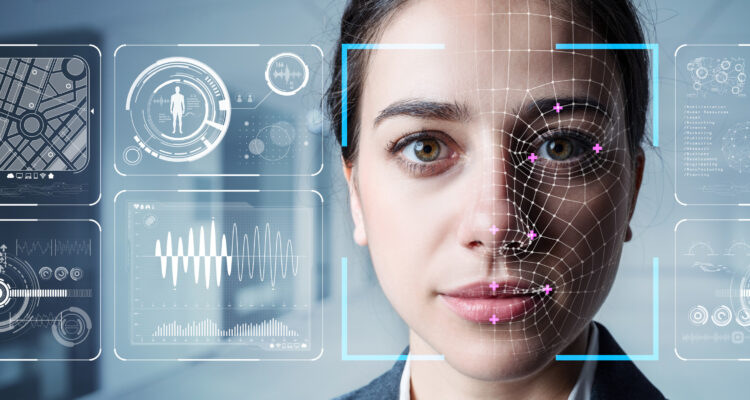Biometrics offers a unique technique to authenticate an identity, but it also has its drawbacks because if a biometric feature is disclosed, the user will never be able to use it again.
Because biometric data falls under the category of special categories of personal data, businesses must follow best practices while processing it.
The use of biometrics increases the likelihood of the offenders successfully recreating the stolen data. As a result, suitable policies and rules should be put in place to reduce the impact on individuals when their biometric data is processed.
Organizations must conduct a DPIA (Data Processing Impact Assessment) when processing particular categories of data (including biometrics) in order to assess the risk and apply the necessary control measures to mitigate the impact, according to GDPR.
With the rising usage of biometric identifications in new services and product offers, it is critical to have international privacy rules in place to secure individual biometric data.
There are privacy and security problems with all of the promised biometrics usage because if stored biometric data is exposed, the affected individuals will be unable to use the compromised biometric feature for any of the functions.
The stolen coded presentation of the biometric feature, however, is useless without access to the RAW copy of the biometric. Even if attackers were able to decode the fingerprint’s coded representation, they might not be able to duplicate the RAW format.
Utilizing encryption technologies such as hashing to safeguard biometric data is one method to improve security. Even if an attacker has access to biometrics, they will be unable to obtain the raw copy or coded representation of the biometrics.
In such cases, security best practices can help a lot by offering explicit instructions on how to secure biometric data. Biometrics is one of the top applications across domains, according to the current ISO privacy information management standard (ISO27701). As a result, companies that want to use biometrics in their business processes should follow all of these security recommendations.
The lack of worldwide privacy legislation concerning biometrics makes it difficult to protect sensitive personal data over the world. It will be difficult to maintain privacy during the biometric lifecycle information for enforcing the law’s protection and restrictions if the laws stay limited to individual states, regions, or countries.
In the United States, for example, there is no single data protection law. Therefore citizens are protected by a patchwork of federal and state legislation. While EU countries have the GDPR in place to protect sensitive data across the EU and beyond, it is clear that other major countries recognize the need for personal data protection as well.
When governments rely on biometric data, having rigorous national or state privacy regulations helps to protect residents. The lack of regional or worldwide privacy legislation, on the other hand, will stymie global understanding and acceptance of available best practices for protecting personal data.
Biometrics will soon be used in a wider range of applications around the world. It is critical to assess if sensitive personal data and rights are protected by relevant national/local/regional privacy legislation for the general public.
The constant processing of biometrics across industries will be hampered by a lack of universal privacy standards. Furthermore, with impending privacy standards such as ISO27701, more strict criteria for processors and controllers of biometric data should be established to enable enterprises to build privacy integrated data processing to limit the impact on personal rights.
For more blogs checkout: Blogs






No Comments